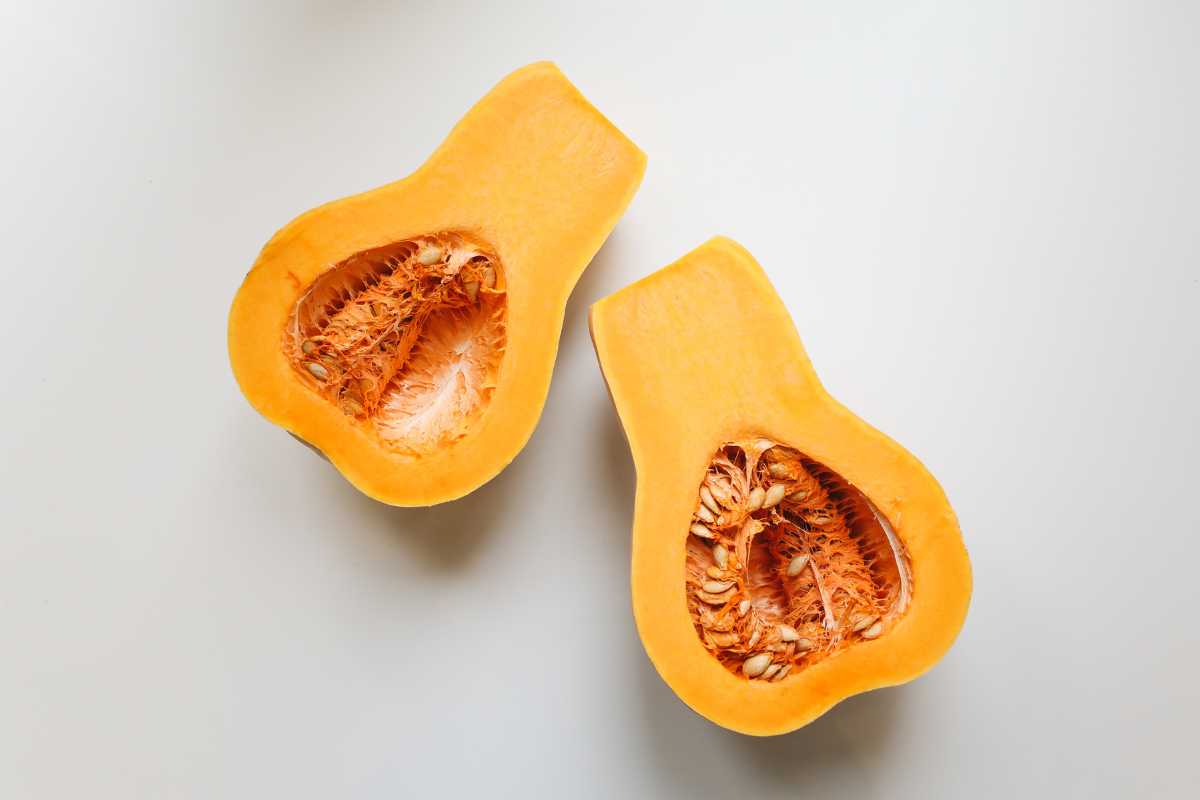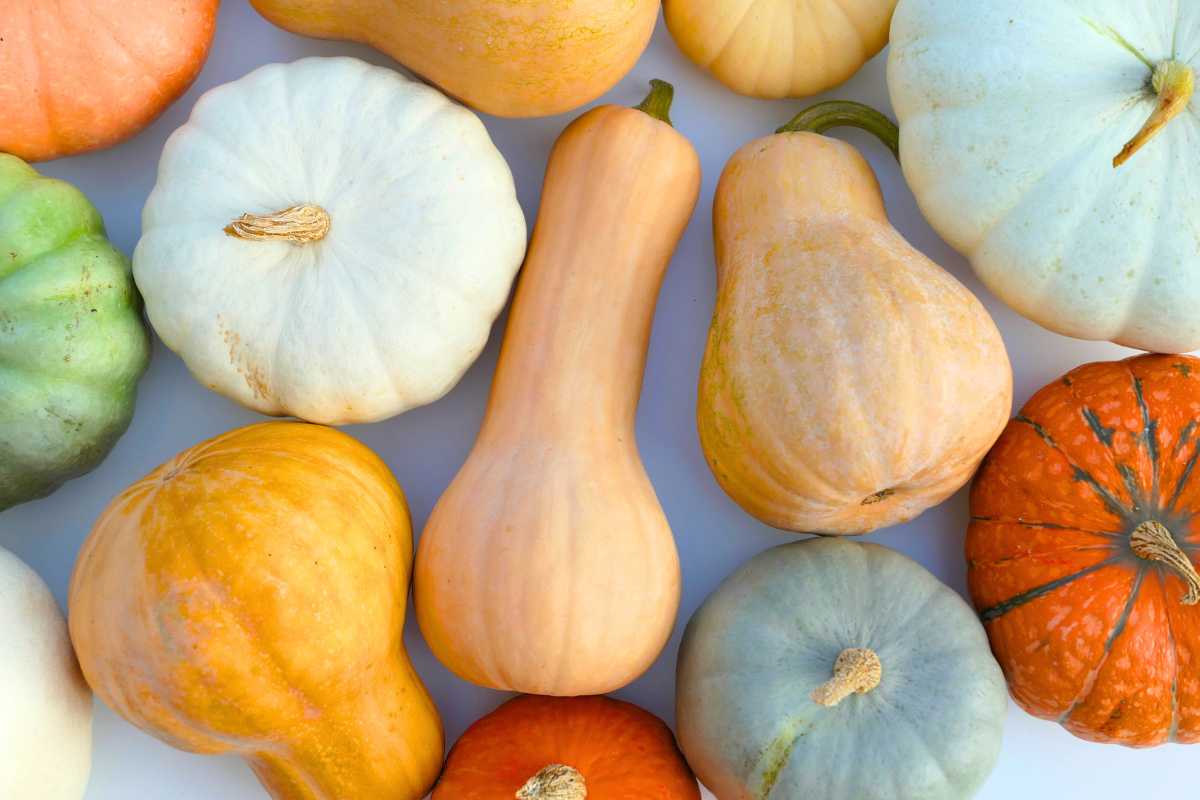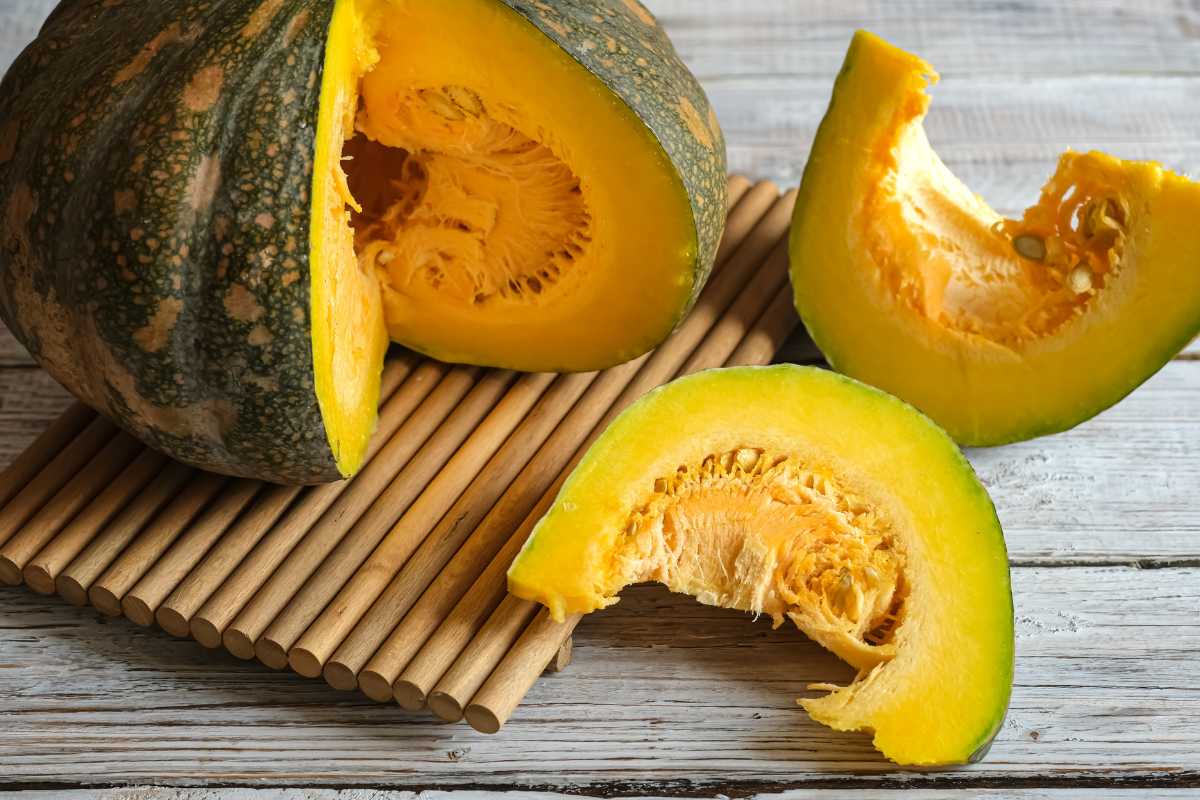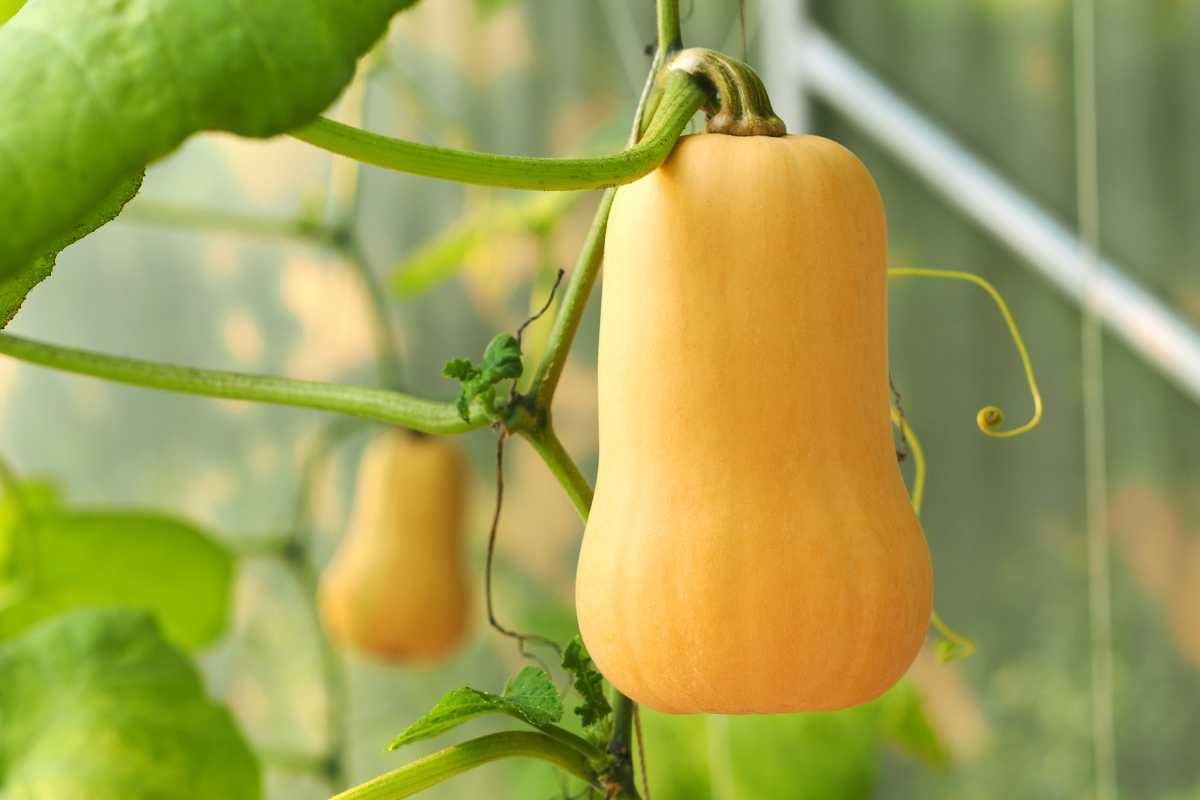The squash blurs the lines between fruit and vegetable, sparking curiosity about its true nature. So what is it’s true classification?
I’ll dive into the botanical and culinary worlds to clarify why squash, from zucchini to butternut, is classified as a fruit yet treated like a vegetable in cooking. You’ll learn about the two main types of squash and why their savory taste leads us to use them in hearty meals rather than sweet ones.
Join us as we unravel the mystery of squash. This exploration will not only satisfy your curiosity but also enhance your appreciation for this versatile ingredient. Let’s find out together why squash is a fruit that loves to play the vegetable role in our kitchens.
- Related article: Discover the Differences Between Fruits & Vegetables
5 Key Takeaways on Is Squash a Fruit or Vegetable
- Squash is a fruit because it grows from a flower and has seeds, even though we often think of it as a vegetable.
- Squash is usually is usually treated like a vegetable because it tastes savory, not sweet.
- Squash comes in two main types: summer squash (like zucchini and yellow squash) and winter squash (like butternut and acorn).
- Squash is packed with vitamins, fiber, and antioxidants, helping with things like eye health, heart health, and digestion.
- You can enjoy squash in many dishes, from savory meals like stuffed squash to sweet treats like squash porridge.
Is Squash a Fruit or a Vegetable?

Squash is an interesting plant because it’s a fruit but we often think of it as a vegetable. Let’s break it down simply:
Botanical Classification:
- Fruit Definition – A fruit is the part of a flower with seeds and comes from the plant’s ovary. Squash is a fruit because it grows from the flower and has seeds.
- Types of Squash – There are two big groups of squash. Summer squash is like zucchini and yellow squash, and winter squash is like butternut, acorn, and pumpkin. Both are fruits.
Culinary Classification:
- Savory Flavor – Even though squash is a fruit, we cook it like a vegetable because it tastes savory. We often use it in main meals instead of sweet treats, which is what we usually do with fruits.
Squash shows us how plants can fit into different categories. It’s a fruit by the way it grows but we love it in our savory dishes.
What Are Some Squash Varieties?

Squash comes in many types, mainly split into summer and winter squash. Let’s look at some popular kinds from each group:
Summer Squash:
- Zucchini – This green squash is cylindrical with a soft inside. It’s versatile for cooking, fitting into stir-fries to baked goods.
- Yellow Squash – Like zucchini but bright yellow and a bit sweeter.
- Pattypan Squash – Round with scalloped edges, available in green, white, and yellow.
- Crookneck Squash – Known for its bumpy, yellow neck and rich flavor.
- Cousa Squash – A short, Middle Eastern variety, sweeter than zucchini.
Winter Squash:
- Butternut Squash – Tan skin with sweet, orange flesh, perfect for soups and roasting.
- Acorn Squash – Small and round, with a nutty flavor.
- Spaghetti Squash – Yellow and oval, its flesh turns into strands like spaghetti when cooked.
- Delicata Squash – Cream and green striped skin, sweet and tender.
- Kabocha Squash – Japanese squash, sweet and dry, similar to sweet potato.
Other types like Hubbard, Carnival, Buttercup, and Red Kuri squash add more flavors and uses in the kitchen. Each variety offers something unique, making squash a versatile ingredient in many dishes.
- Related article: Is Zucchini a Fruit or Vegetable?
Squash Health Benefits

Eating squash is a tasty way to boost your health. This root vegetable is packed with nutrients that do wonders for your body. Let’s dive into why adding squash to your meals is a smart choice:
1. Loaded with Nutrients – Squash is full of vitamins A, C, and B6, and minerals like potassium and magnesium. These help keep your immune system strong and your cells healthy. Plus, the antioxidants in squash fight off stress in your body, lowering your chances of getting sick with diseases like cancer and heart problems.
2. Good for Your Eyes – Thanks to beta-carotene and lutein, squash can help keep your vision sharp as you age and protect against eye diseases.
3. Heart-Friendly – The carotenoids in squash can help keep your blood pressure down and reduce inflammation, which is great for your heart. Eating squash regularly might lower your heart disease risk.
4. Helps with Blood Sugar – Some squash, like banana squash, can help keep your blood sugar levels steady, making them a good choice for those with diabetes.
5. Benefits for Skin and Hair – The antioxidants in squash, especially beta-carotene, are good for your skin and can help protect against sun damage.
6. Aids Digestion – Squash is high in fiber, which is great for digestion, helps you maintain a healthy weight, and may lower the risk of colorectal cancer.
7. Supports Mental Health – Vitamin B6 in squash might help keep depression at bay and support your overall mental well-being.
Adding different types of squash to your diet not only gives you these health perks but also makes your meals more delicious and varied.
Different Ways Add Squash to Your Diet

Here are some fun and tasty ways to add more squash to what you eat, making your meals both delicious and good for you:
1. Squash Porridge – Kick off your morning with a health boost. Mix steamed butternut squash with nut butter, maple syrup, and vanilla. Add spices, fresh fruit, and a splash of non-dairy milk on top for extra yum.
2. Squash Burgers – Try making burgers from red kuri or kabocha squash. Mix the squash with brown rice, oats, and seeds. It’s a great way to get iron when you eat it with greens.
3. Stuffed Acorn Squash – Cut acorn squash in half and stuff it with grains, veggies, and spices. It’s a filling main dish.
4. Squash Pasta – Spaghetti squash is your new pasta. Roast it, pull out the strands, and add your favorite sauce.
5. Squash Bowls – Roasted squash makes a great base for grain bowls. Pile on proteins, veggies, and sauces for a colorful meal.
6. Stealth Ingredient – Sneak pureed squash into sauces, soups, or macaroni and cheese. It’s a simple way to add nutrients without changing the taste much.
7. In Salads – Roast diced squash and toss it into salads with hearty greens, nuts, and a zesty dressing.
8. As a Main Dish – Bake small squashes like Sweet Dumpling or Delicata. They make cute bowls for soups or stews.
9. Sweet Treats – Use pureed squash instead of pumpkin in desserts, or cook it with apples and maple syrup for a healthy sweet treat.
10. Roasted Snacks – Don’t throw away butternut squash seeds. Clean and roast them for a crunchy snack. If you’re looking for a quicker option, roasted squash seeds are also available online.
These ideas make your meals more exciting and let you enjoy the health perks of squash, like its fiber and vitamins.
Is Squash Fruit or Vegetable Final Thoughts

Squash is a special plant that mixes up the idea of fruit and vegetable. It’s a fruit because it comes from a flower and has seeds. But we often cook it like a vegetable because of its taste. There are many kinds of squash. Summer squash, like zucchini, and winter squash, like butternut, give us lots of cooking choices.
Squash is not just flexible in the kitchen. It’s also full of good things for you. It helps your heart, eyes, and digestion. Adding squash to your meals in different ways lets you enjoy its health perks and makes your food more tasty and interesting.
Learn more about other plants and whether they’re considered a fruit or vegetable:


